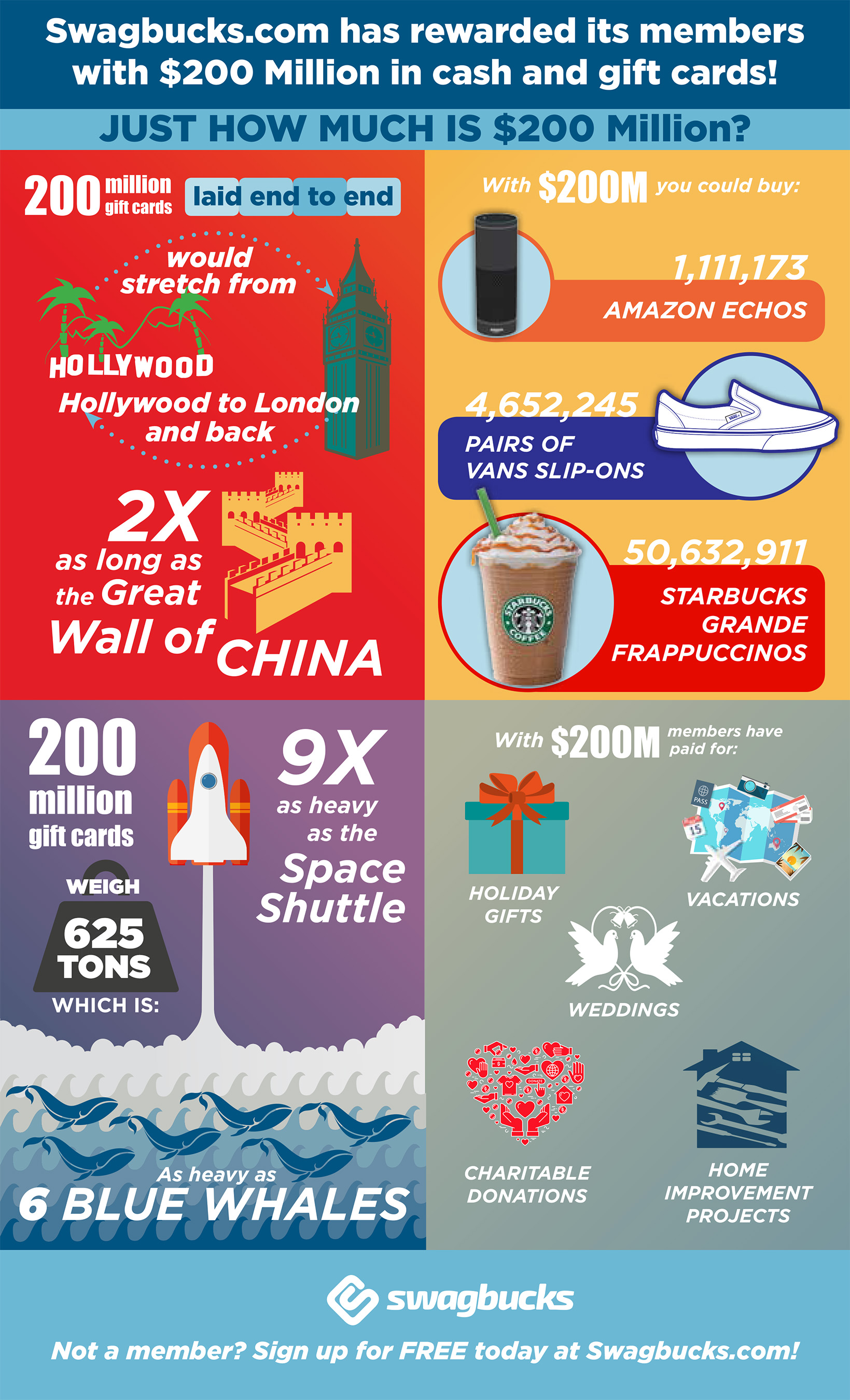Developed in the center East and Egypt on hardstone, copper wheel inscribing survived as a craft in seventeenth century Bohemia and Dresden on glass. It was made use of for a variety of functions, consisting of showing the imperial double-headed eagle (Reichsadlerhumpen) and allegorical styles.
Engravers of this period slowly deserted linear clearness in favour of crosshatched chiaroscuro impacts. A couple of engravers, such as Schongauer and Mantegna, handled glass with a sculptural feeling.
Old Art
By the end of the 17th century, nonetheless, diamond-point engraving was being supplanted by wheel engraving. 2 remarkable engravers of this period are worth reference: Schongauer, that elevated the art of glass engraving to match that of paint with jobs like Saint Anthony Tortured by Demons, and Mantegna, who shaded his illustrations with brief doodled lines of differing width (fig. 4) to accomplish chiaroscuro effects.
Various other Nuremberg engravers of this time included Paul Eder, who mastered fragile and little landscapes, and Heinrich Schwanhardt, who engraved inscriptions of great calligraphic top quality. He and his son Heinrich also established the strategy of engraving glass with hydrofluoric acid to generate an effect that resembled glass covered in ice. The etched surface might after that be reduced and inscribed with a copper-wheel. This approach is used on the rock-crystal ewer shown here, which combines deep cutting, copper-wheel engraving and polishing. Determining the etching on such items can be tough.
Venetian Glass
When Venice was a European power, Venetian glassmakers took the lead in lots of high value-added sectors. Unlike fabrics and style, glassmaking preserved a heritage of innovative strategies. It also carried seeds of the attractive grandeur embodied in Islamic art.
However, Venetian glassmakers were not eager to share these ideas with the rest of Europe. They kept their craftsmen cloistered on the island of Murano so they would family crest engraving not be affected by new trends.
Even though demand for their item ups and downs as preferences transformed and competing glassmakers arised, they never ever lost their attract rich patrons of the arts. It is for that reason no surprise that engraved Venetian glass appears in countless study in still life paints as a sign of high-end. Typically, a master gem cutter (diatretarius) would cut and enhance a vessel originally cast or blown by an additional glassworker (vitrearius). This was a costly venture that required fantastic skill, perseverance, and time to generate such in-depth work.
Bohemian Glass
In the 16th century, Bohemian glassmakers adapted the Venetian recipe to their very own, producing a much thicker, clearer glass. This made it simpler for gem-cutter to carve similarly they sculpted rock crystal. Additionally, they created a technique of cutting that allowed them to make very thorough patterns in their glasses.
This was adhered to by the manufacturing of colored glass-- blue with cobalt, red with copper and light green with iron. This glass was preferred north of the Alps. Furthermore, the slender barrel-shaped cups (Krautstrunk) were additionally prominent.
Ludwig Moser opened a glass layout studio in 1857 and was successful at the Vienna International Event of 1873. He developed a totally integrated manufacturing facility, providing glass blowing, polishing and inscribing. Up until the end of The second world war, his firm dominated the marketplace of engraved Bohemian crystal.
Modern Craft
Inscription is among the oldest hand-icraft approaches of ornamental refinement for glass. It requires a high level of accuracy in addition to an artistic creative imagination to be efficient. Engravers must additionally have a sense of make-up in order to tastefully integrate shiny and matte surface areas of the cut glass.
The art of engraving is still active and flourishing. Modern techniques like laser inscription can achieve a greater level of information with a greater rate and accuracy. Laser modern technology is additionally able to produce layouts that are less at risk to breaking or cracking.
Inscription can be used for both commercial and decorative functions. It's popular for logo designs and trademarks, in addition to decorative decorations for glass wares. It's likewise a preferred method to include personal messages or a victor's name to trophies. It is necessary to note that this is a hazardous task, so you must constantly utilize the ideal safety tools like goggles and a respirator mask.
